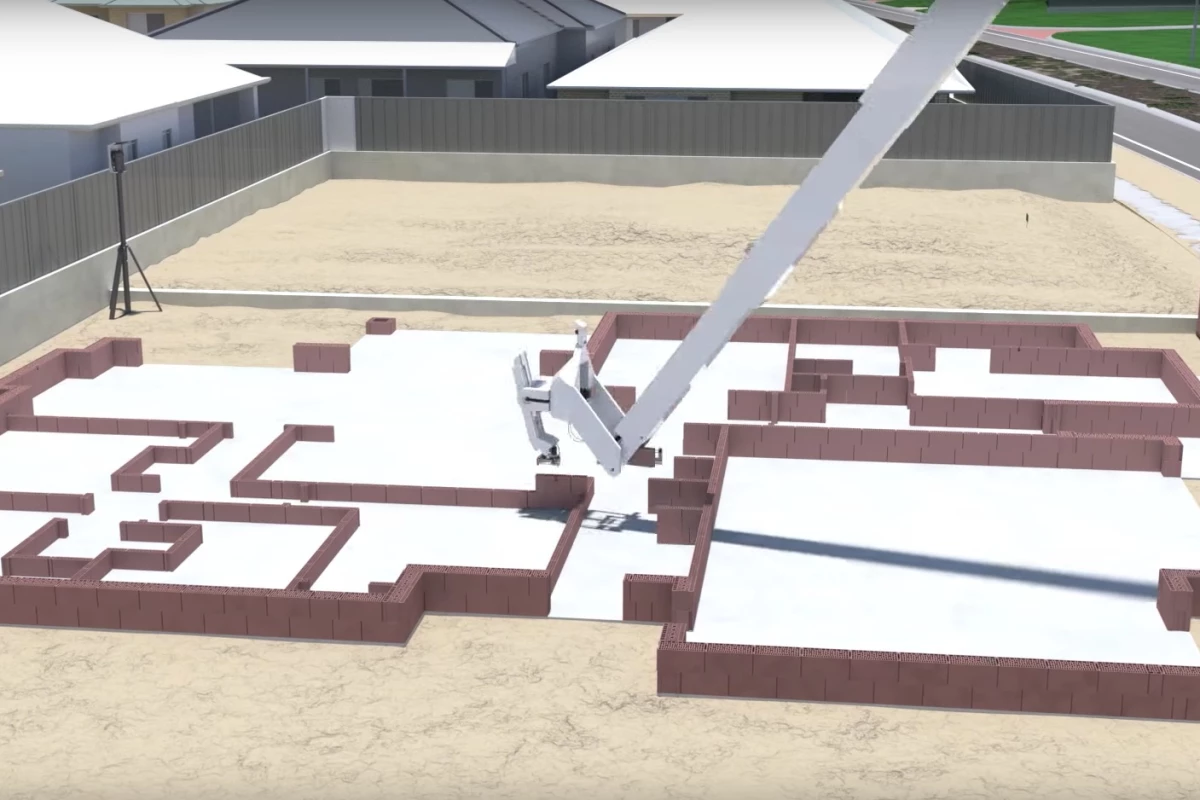The world is another step closer to a bricklaying robot that can build the framework of a house in less than three days. Caterpillar has invested US$2 million in Fastbrick Robotics, the Australian company behind the builder bot.
Named Hadrian X, the quick-laying bricklayer is built on a 30 m (98 ft) boom arm attached to a truck. A 3D CAD model of the house is fed into the system, and following those instructions, the robot is able to cut and place up to 1,000 bricks per hour, taking into account doors, windows, features and channels for electrical wiring and plumbing. Thin bed mortar or other adhesives are delivered through the boom head.
Originally unveiled in 2015, the system has caught the attention of construction company Caterpillar, which has just partnered with Fastbrick through a Memorandum of Understanding (MOU). The two companies will collaborate on the development, manufacturing, sales and services of the bricklaying technology, with a newly established strategic alliance board determining the best ways to get Hadrian into the hands of construction customers in different countries.
Caterpillar has agreed to invest $2 million into the technology, with the option to throw in an extra $8 million down the track if Fastbrick's shareholders approve. According to a financial report released in April, the first commercial versions of Hadrian X are due to be delivered by the end of 2017.
See Hadrian X in action in the video below.
Source: Fastbrick Robotics




